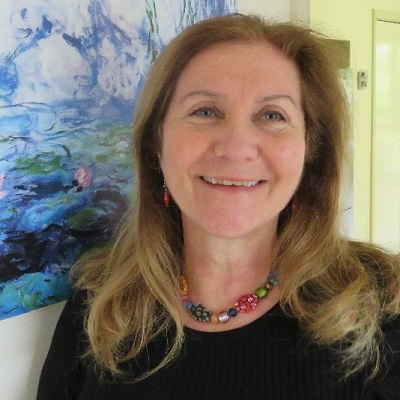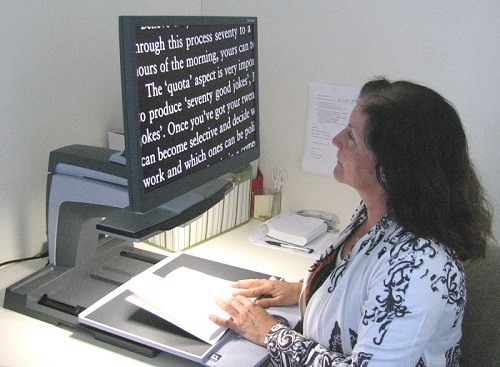Making Friends with Blindness
My Upside Down Phase
When I was fifteen, the best part of going to secondary school was Art class. My mother inspired me to dream of becoming an artist when she showed me techniques in shading with colour pencils and drawing with a fine ink pen. Expressing my creativity through the many projects I had to complete for the art teacher was always a joy – until, one memorable day.
The soft toy I made, with the help of my mother, was hurled across the art room by the teacher and I was shamed in front of the entire class. On close inspection of the fabric owl, it was obvious my mother had helped me sew neat stitches around his emerald eyes and the teacher was outraged.
What the teacher did not know, and my family were yet to learn, was that I was going blind. My vision was blurring and we had no idea why.
It took two years of painful medical tests to arrive at a diagnosis of Retinitis Pigmentosa (RP), and at seventeen, I was given the label of ‘disabled’. This upside-down phase threw us into turmoil which upset our daily life. I had to accept a new reality; I was partially sighted and partially blind. Where did I belong?
The D-Word
It took twenty years for that young girl to fully accept the D-word –disabled. I did everything I could to prove to myself, and to my community, that I could belong in a sighted world. For me, disabled did not mean being ‘disqualified’ simply because I was different. I felt as normal as the people around me; I became a mother of four lively children, I was a wife and partner in a family business, I was the carer for an elderly relative living in our home, I sang in a local choir, and I looked after a menagerie of pets and tended a vegetable garden.
Yet, I still felt I needed a qualification, like that red seal of approval I admired so much on the walls in the waiting room of my ophthalmic surgeon.
On a visit one day, I announced, ‘I am going to get one of those one day’.
He smiled, and kindly said, ‘I am sure you will’.
And I did! For the next two years, I studied in aromatherapy and massage while the children were at school. I used a magnifying glass to read thick textbooks on anatomy and physiology, and completed my assignments with the aid of a close circuit tv which enlarged the text. It was intense, and it was challenging but attaining that ‘little’ red seal enabled me to set off in a new direction as a wellness practitioner.
The Ability in Disability
Fast forward to today, and I am grateful to be on this life-path. Going blind has been my best teacher. The lessons learned along the way have given me an opportunity to build resilience in the face of adversity. I have learned to trust in my own courage as it takes a level of courage to step out and take risks in the sighted world.
I have learned that using my so-called disability can help inspire and educate others who want to understand the issues surrounding blindness. This is the career and life-purpose I now embrace. The message I am often asked to share in my presentations is that we can fully engage and empower others by developing our other senses I call ‘sense-ability’.
My vision today is focused on completing studies in Certificate IV Training and Assessment so that I can continue to work in the area I am most passionate about – bringing my voice and experience to the sector of inclusive design an education.

Maribel Steel bio
Maribel Steel is a Melbourne-based freelance writer, award-winning speaker, mentor and educator. She is legally blind and enjoys independent travel with her guide dog. She has over 250 nonfiction articles published online and in print journals. She is currently studying Certificate IV Training and assessment using assistive technology.
Published: August 2021
Author
Maribel Steel


